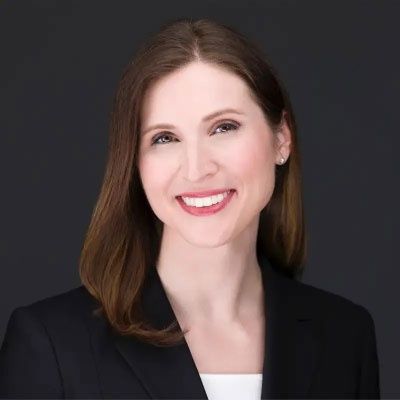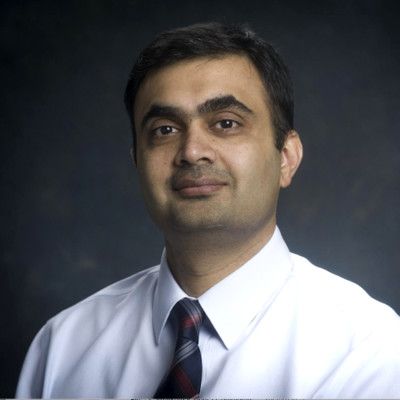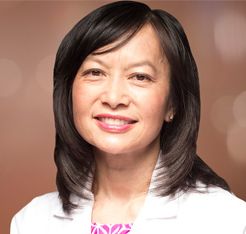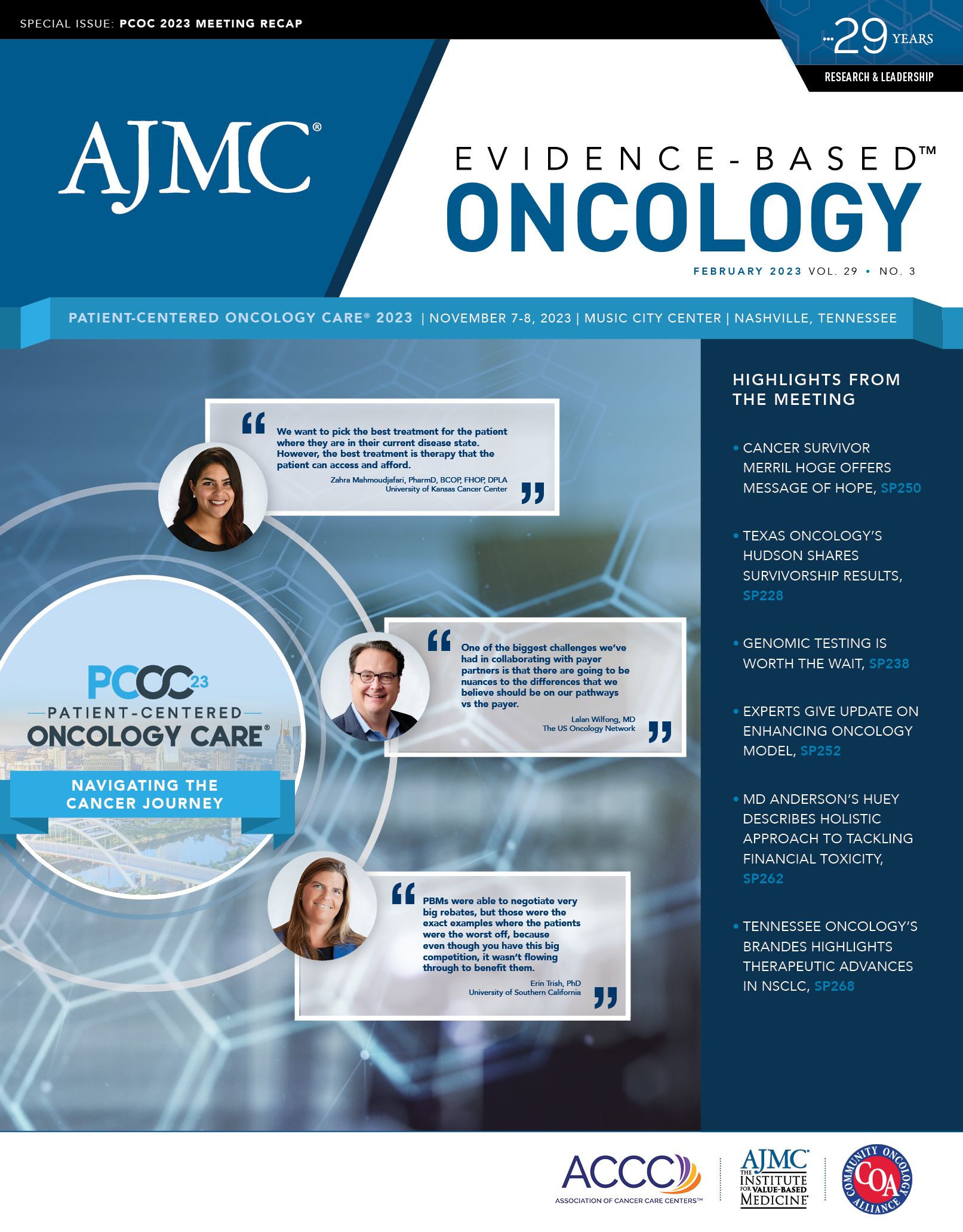- Center on Health Equity and Access
- Clinical
- Health Care Cost
- Health Care Delivery
- Insurance
- Policy
- Technology
- Value-Based Care
To Attain Diversity in Clinical Trial Enrollment, It Takes a Village
Coverage from the session, "Bringing Health Equity to Clinical Trials at Every Step," at Patient-Centered Oncology Care 2023.
Enrolling clinical trials with patients who represent the population with a given cancer will take policies to make participation affordable and people committed to making studies diverse, according to experts who took part in the final discussion of Patient-Centered Oncology Care 2023.
Ray Page, DO, PhD, FACOI, FASCO | Image: Center for Cancer and Blood Disorders

“The physician was once the most trusted person in society,” Ray Page, DO, PhD, FACOI, FASCO, medical oncologist and past president of The Center for Cancer and Blood Disorders in the Dallas-Fort Worth, Texas, area, said. As that trust has eroded over the past 15 years, Page said, improving diversity in enrollment will require commitment from everyone on the cancer care team.
“We have to use the village of people it takes to get people through clinical trials to connect with [these] patients,” he said.
Page was part of a panel led by Alyssa Schatz, MSW, senior director for policy and advocacy at the National Comprehensive Cancer Network. Also joining the panel were the following participants:
- Cathy Eng, MD, FACP, FASCO, professor of medicine (hematology and oncology), codirector of gastrointestinal oncology, and coleader of the Gastrointestinal Cancer Research Program at Vanderbilt-Ingram Cancer Center in Nashville, Tennessee;
- PCOC Cochair Kashyap Patel, MD, CEO of Carolina Blood and Cancer Care Associates, based in Rock Hill, South Carolina; and
- Amitkumar Mehta, MD, medical director of the Clinical Trials Office for the O’Neal Comprehensive Cancer Center at the University of Alabama at Birmingham (UAB) and associate professor at the UAB School of Medicine.
Alyssa Schatz, MSW | Image: NCCN

Schatz said it’s known that clinical trial enrollment is not representative of the broader population with cancer and that women weren’t even included in trials until the 1990s. Bringing greater equity to trials is “critically important, not only in terms of advancing better cures but also in terms of access to care,” as trials are considered the gold standard in cancer treatment.
Today, there is FDA guidance to trial sponsors and efforts in the US Congress to address this problem, she said, adding that she was anxious to hear from the panelists who are conducting trials on the front line for ideas on what works.
Page said he’d spent 25 years building a successful research program when the COVID-19 pandemic caused the loss of 70% of the staff. But from that event came opportunity, as the practice took advantage of emerging diversity initiatives to rebuild a staff with close ties to the community.
“I’m not just talking about race and ethnicity,” he said. “It’s so important to have employees who reflect the patients they see in the community—not only skin color but also their kids go to school together, they worship together, they go to the same restaurants together. Language is a huge issue.”
Kashyap Patel, MD | Image: COA

Patel agreed with Page that there have been “ups and downs” in building a research program in a community practice. Staffing shortages present a challenge because running a trial creates extra work. The National Cancer Institute (NCI) may want more diversity in trials, Patel said, yet its funding policies and contractor rules often work against smaller clinics, which serve many patients from rural areas. “When you look at the disparity in funding between large tertiary care centers and us, there’s a huge disparity,” he said.
Amitkumar Mehta, MD | Image: LinkedIn

Mehta said UAB has tried to address this challenge with a cooperative program through its community outreach and engagement office, which provides education and leadership for clinical trial activities going on at the community level.
He said UAB understands its unique role as Alabama’s only NCI-designated comprehensive cancer center, which operates against the backdrop of the history of the Tuskegee experiments that fueled mistrust among the state’s Black population. Because of this, “it’s throughout the whole ecosystem of the clinical trial that everyone is responsible. You don’t just enroll patients—you have a particular quota on that trial. If you don’t have 30% to 40% minority enrollment, you will close the trial.”
Mehta said UAB is part of the Genentech Advancing Inclusive Research Site Alliance, and data show that through that initiative, the cancer center is hitting that 30% minority enrollment target, “which is probably one of the highest in the nation.”1
“It’s nonnegotiable,” Schatz said. “That’s fantastic. I think many could emulate that.”
“Pain Points” in the Clinic
To address what he called “pain points” in the clinic, Patel and fellow community oncologists created the Community Clinical Oncology Research Network (CCORN), which can prescreen patients remotely to determine potential trial eligibility and billing issues before the patients arrive at the clinic. Patient consent can be obtained beforehand, too.
In 2021, CCORN announced a collaboration with Labcorp to understand the impact of disparities in precision medicine for people with cancer and to ensure diversity in enrollment in clinical trials.2 “Right now, we are limited to some of the prospective observational studies,” Patel said. “But we will be looking at adding phase 2 studies as well through CCORN so that we can reach out to minority-dominant areas within the majority patient population in rural America.”
Cathy Eng, MD, FACP, FASCO | Image: VUMC

Eng said prescreening did not prove productive for her center, because once patients are heading to Vanderbilt-Ingram Cancer Center, most know they are in search of a clinical trial. Issues such as incomplete medical records or a performance status that turns out to be different also created challenges. Page suggested that perhaps in the future, artificial intelligence could offer help in this process.
Access for All
Schatz noted that a key issue is making sure patients who are from racial and ethnic minority groups are asked about clinical trials in the first place. Some research shows this does not always happen. Are there ways to ensure all patients are given an opportunity to participate?
“Each clinic is different,” Mehta said. An academic center may have a specialized team to explain trials to patients; UAB has a process specifically for those who have experienced relapse. What’s clear today is how much COVID-19 forced everyone “to think outside the box,” he said.
Eng, who deals with solid tumor cancers, said her patients are typically in the refractory setting and have had up to 4 lines of therapy. “Getting them interested in clinical trials is not necessarily a concern,” she said. The barriers may involve the logistics of the trial itself. If patients are younger and still working, regular travel can be a problem.
“How can we make it easier for the patient?” Eng said. Are there some elements that can be delivered via telehealth? How can the care team reduce psychosocial stress?
Creating Incentives for Physicians
Mehta noted that if a physician puts a patient on a trial, that patient necessarily gets more of the physician’s time compared with other patients. “Trials are not easy,” he said. “You have to know a lot. You’re hoping to fit it into the schedule, they might need an extra biopsy—there [are] many other things that go into a trial. I think that leads to physician burnout.” To Page’s point, Mehta said, “I think that’s why the trust level goes down, because then as a physician, do you have as much time to sit with the next patient?”
For a community physician, the incentive structure does not favor clinical trials if physicians risk running behind schedule and not being able to bill for enough patients that day. Yet trials save payers money, Schatz said, and perhaps this should be recognized in compensation structures.
Page noted that in states where Medicaid is managed by third parties—or in states that have not expanded Medicaid—there are large numbers of patients who lack coverage for clinical trial costs. Page said he created a foundation and raises money so these patients can participate. “It takes a village of people to get them through all that,” he said.
But not everyone in the village is on board. As much as COVID-19 taught the medical community that patients could be monitored remotely, Page noted that some payers are pulling back on coverage. Eng called the lack of broadband to support telehealth in some areas a “sore subject” and also shared that some states require an additional licensing fee for her to reach patients. Instead, Page said, physicians will have to rely on revenue from use of the chronic care management or principal care management models, although these may require investments in technology.
At the same time, Eng noted that the pharmaceutical industry is under pressure to comply with FDA guidance for diversity in trial enrollment and this pushes costs down to trial sites for things such as translating informed consent forms. “That’s an added cost,” she said, noting that the translation of the informed consent can cost from $500 to a several thousand dollars.
Sponsors have so much invested in clinical trials, Page said, that they sometimes want “the perfect patient in the perfect location.”
“I’ve seen what I consider some perversity of cherry-picking of sites and locations because they want the ideal patient population,” he said. “I think it exists, so even though they’re talking the talk, I’m not sure they’ll walk in the door.”
However, Mehta sees changes in this area. In a recent trial for diffuse large B-cell lymphoma with an industry sponsor, he said, there are only openings left for minority patients to enroll to reach the 30% target. “I’m seeing some steps in the right direction. Still, I would like to see the eligibility become more liberal.”
Page and Patel agreed that some FDA criteria, particularly in areas such as kidney disease, can be “archaic” and exclude patients who should be included in studies. Uniformity of language across pharmaceutical companies would help trial sites as well.
Finally, Page, who is the delegate from the American Society of Clinical Oncology to the American Medical Association (AMA), said the AMA is working to help patients enrolled in Medicare Advantage plans get costs of trial participation covered.
Laws that cover patients in traditional Medicare do a good job of requiring trial access, he said. “But if I wanted to send you, a patient of mine, to a clinical trial, Medicare Advantage programs will view you as being out of their network. And therefore, they have out-of-pocket expenses that are prohibitive of being able to go have a consultation to see if you’re eligible for a trial. So that’s one of the things we’re pushing for policywise to help folks from Medicare Advantage.”
“You’re completely correct,” Eng replied.
Both Patel and Mehta said reimbursement structures must recognize the value of people’s time. Patel said that under current guidelines, patients who make $20 an hour—and may not have paid time off—cannot be compensated for taking a half-day off from Walmart to take part in a trial. And Mehta said changing the incentive structure could convince more community physicians to take part in trials, too.
“You can change anybody’s behavior based on the incentive. And I think physicians are burned out,” he said. “If you really want to see more clinical trial participation, they need support…so they have time to sit down with the patient and actually discuss their trial and have incentive to enroll them to trial.”
References
1. Rohan A. UAB joins oncology clinical trial diversity alliance. The University of Alabama at Birmingham. June 23, 2021. Accessed February 4, 2024. https://www.uab.edu/news/research/item/12120-uab-joins-oncology-clinical-trial-diversity-alliance
2. Labcorp and Community Clinical Oncology Research Network collaborate to assess social and economic impacts of disparities in cancer care. News release. Labcorp. August 19, 2021. Accessed February 4, 2024. https://www.labcorp.com/newsroom/labcorp-and-community-clinical-
oncology-research-network-collaborate-assess-social-and-economic

Dr Kathy Zackowski Discusses the Importance of Rehabilitation Research and Trials in MS
April 26th 2024Kathy Zackowski, PhD, National MS Society, expresses the inherent value of quality rehabilitation trials for broadening clinical understandings of multiple sclerosis (MS) and bettering patient outcomes.
Read More
Examining Low-Value Cancer Care Trends Amidst the COVID-19 Pandemic
April 25th 2024On this episode of Managed Care Cast, we're talking with the authors of a study published in the April 2024 issue of The American Journal of Managed Care® about their findings on the rates of low-value cancer care services throughout the COVID-19 pandemic.
Listen
Empowering Community Health Through Wellness and Faith
April 23rd 2024To help celebrate and recognize National Minority Health Month, we are bringing you a special month-long podcast series with our Strategic Alliance Partner, UPMC Health Plan. In the third episode, Camille Clarke-Smith, EdD, MS, CHES, CPT, discusses approaching community health holistically through spiritual and community engagement.
Listen
Kaiser Permanente was hit by a data breach in mid-April, impacting 13.4 million health plan members; GlaxoSmithKline (GSK) sued Pfizer and BioNTech for allegedly infringing on its messenger RNA technology patents in the companies’ COVID-19 vaccines; the CDC announced the first-known HIV cases transmitted via cosmetic injections.
Read More
